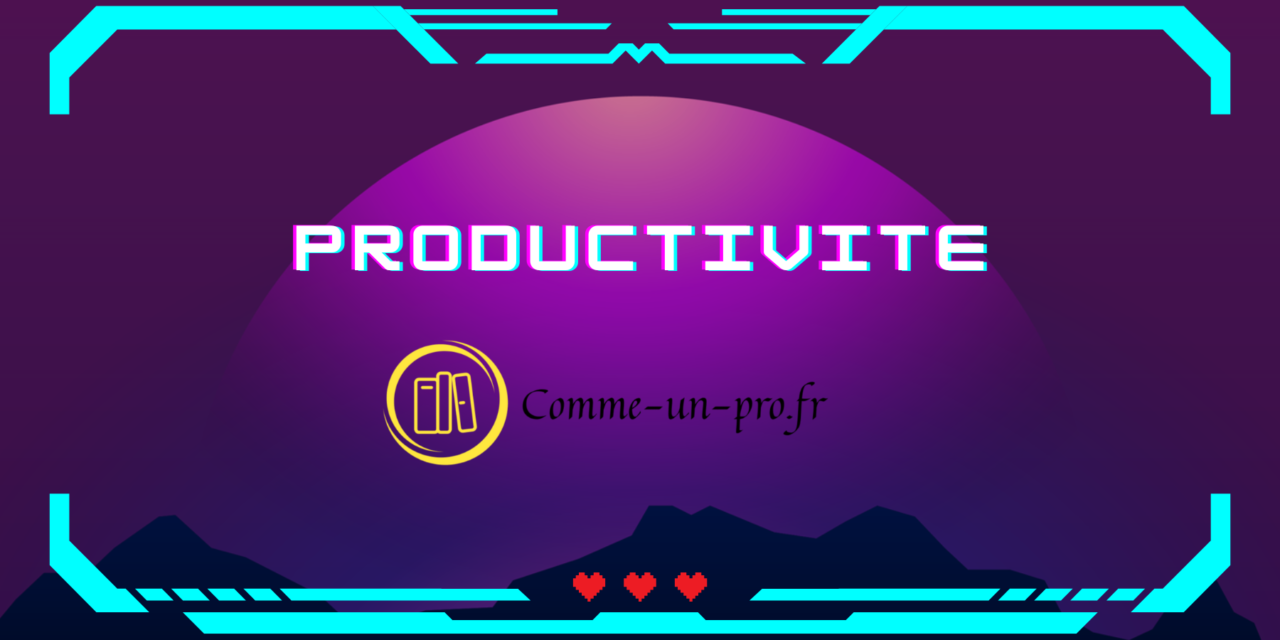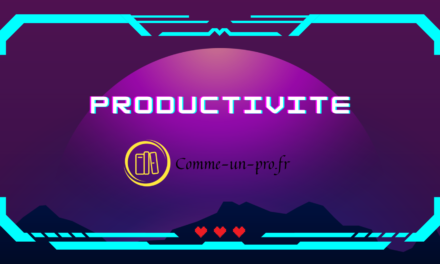The Essence of the Agile Approach and Design Thinking
Navigating the world of product development is challenging. Teams, despite their dedication, sometimes fall into the trap of creating irrelevant products. However, a solution exists. It lies in the adoption of the agile approach coupled with design thinking.
The agile approach is not just a methodology. It embodies a philosophy, a way of thinking. It emphasizes collaboration, flexibility and rapid response to changes. Design thinking, on the other hand, is user-centered. It aims to deeply understand user needs. By combining these two approaches, teams can create products that actually solve user problems.
But how do these methodologies transform the development process? The answer lies in their ability to anticipate value. Instead of following a rigid plan, teams are encouraged to test and iterate. They make assumptions about user needs. These hypotheses are then tested using prototypes.
The agile manifesto plays a key role here. It defines the fundamental principles of the agile approach. It emphasizes individuals and their interactions rather than processes and tools. He values collaboration with clients and the ability to respond to changes.
Personas and Scenarios: Key Design Thinking Tools
The training highlights the importance of personas and problem-based scenarios. These tools are essential to ensure that development is user-driven.
Personas represent user archetypes. They are not simple caricatures, but detailed profiles. They reflect the needs, motivations and behaviors of real users. By developing personas, teams can better understand their users. They can anticipate their needs and create adapted solutions.
Problem-based scenarios, on the other hand, describe specific situations. They highlight the challenges users face. These scenarios help teams focus on real-world problems. They guide development to ensure that the proposed solutions are relevant.
Using personas and scenarios together offers many advantages. It allows teams to remain user-centric. It ensures that development does not deviate from the main goal: solving user problems. In addition, it facilitates communication within the team. Each member can refer to the personas and scenarios to ensure everyone is working in the same direction.
In short, personas and problem-based scenarios are powerful tools. They are at the heart of design thinking.
Agile User Stories: Creating and Testing Hypotheses
Training does not stop at understanding users. It goes further by teaching how to translate this understanding into concrete actions. This is where agile user stories come into play.
An agile user story is a simple description of a feature from the end user's perspective. It specifies what the user wants to accomplish and why. These stories are short, to the point, and value-driven. They serve as a guide for development.
But how are these stories created? It all starts with listening. Teams must interact with users. They must ask questions, observe and understand. Once this information is collected, it is translated into user stories. These stories describe the needs and wants of users.
User stories are not set in stone. They are flexible and scalable. As development progresses, stories can be refined. They can be tested using prototypes. These tests make it possible to validate or invalidate the hypotheses. They ensure that development remains aligned with user needs.
In conclusion, agile user stories are essential for the agile approach. They ensure that development is user-driven. They serve as a compass, guiding teams toward creating products that truly meet user needs.
In the training, participants will learn to master the art of creating and managing user stories. They will discover how these stories can transform the development process and lead to the creation of exceptional products.


